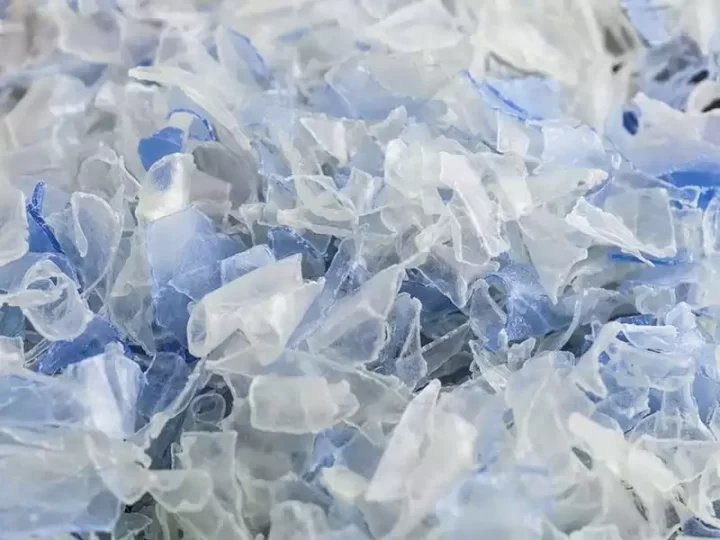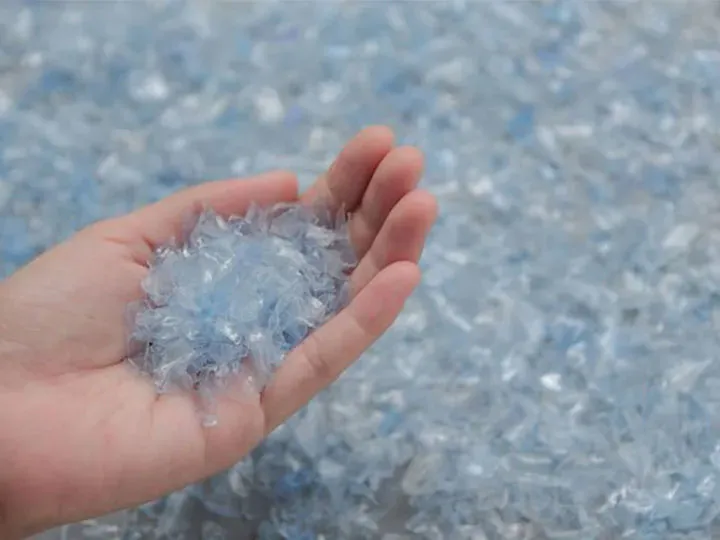Con la promoción de la protección ambiental en los últimos años, muchas marcas de consumo han aumentado la proporción de plástico reciclado en sus productos, aumentando en gran medida el uso de filamentos respetuosos con el medio ambiente y, por lo tanto, la demanda de escamas de botellas de PET de alta calidad. Por lo tanto, es necesario utilizar una línea de lavado de botellas de PET para mejorar la calidad de las escamas de botellas de PET.
Además, la aplicación del reciclaje de PET "botella a botella" y de copos de grado alimenticio también ha planteado nuevos desafíos para la calidad de los copos de botella de PET reciclados.
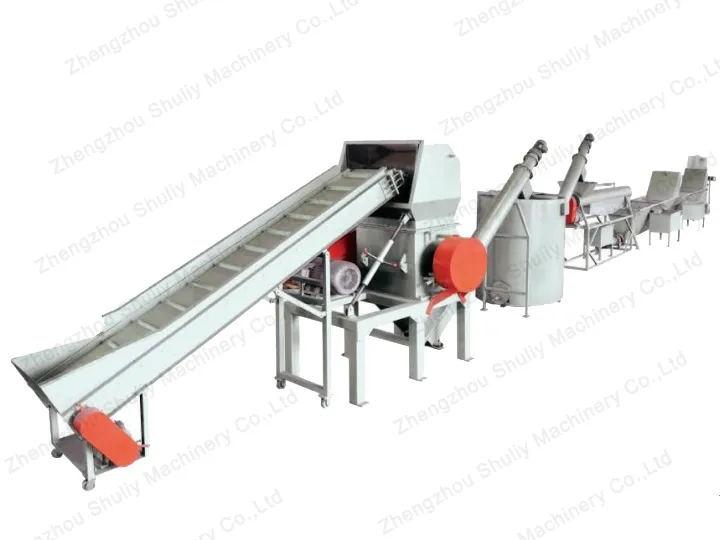
Factores que afectan la calidad de las escamas de botellas de PET
Tipo de material plástico
El tipo de material plástico utilizado puede afectar la calidad de las escamas de PET. Por ejemplo, las botellas de PET recicladas generalmente producirán escamas de mayor calidad que los residuos plásticos mezclados.
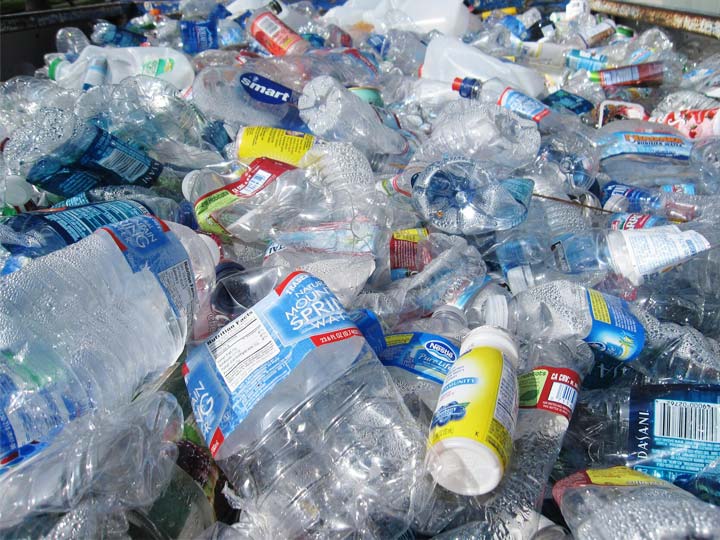

Contaminación
La contaminación puede reducir significativamente la calidad de las escamas de PET. Las fuentes comunes de contaminación incluyen suciedad, aceite y etiquetas. En la línea de lavado de botellas de PET, eliminar estos contaminantes es muy importante para la producción de escamas de PET de alta calidad.
Temperatura de procesamiento
La temperatura de procesamiento es otro factor clave que afecta la calidad de las escamas de PET. Es importante mantener una temperatura de procesamiento constante para asegurar que el plástico esté completamente limpio y que la calidad del producto final no se vea comprometida.
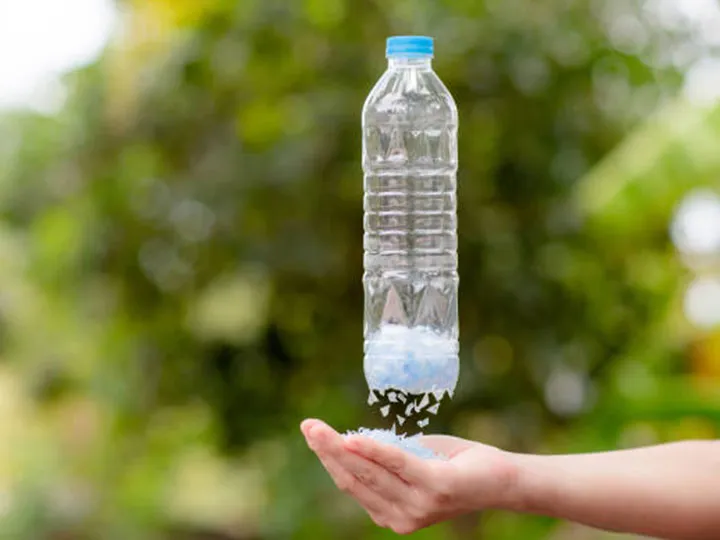
¿Cómo producir escamas de botellas de PET de alta calidad?
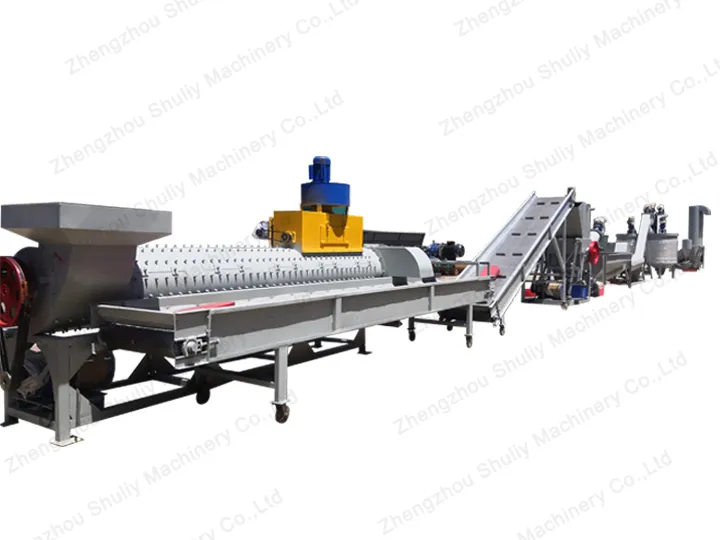
Para utilizar la línea de lavado de botellas de PET y producir escamas de botellas de PET de mayor calidad, sugiero que puedas:
- Utiliza materias primas de alta calidad.
- Optimiza el proceso de lavado.
- Elimina contaminantes e impurezas.
- Utiliza equipos de secado de alta calidad.
¿Exactamente cómo debería hacerlo?
Hay varios pasos clave específicos que se pueden tomar para mejorar la calidad de las escamas finales de PET en la línea de lavado de botellas de PET. Estos incluyen:
Clasificación correcta de materiales plásticos
La clasificación adecuada de los materiales plásticos es fundamental para obtener escamas de PET de alta calidad. Esto evitará que contaminantes como etiquetas, adhesivos, papel y otros plásticos que no son PET entren en la línea de lavado de botellas de PET y contaminen las escamas finales.
Usar un detergente efectivo
El tipo de detergente utilizado puede tener un impacto significativo en la calidad del copo de PET final. Los reactivos alcalinos fuertes se utilizan a menudo para eliminar la grasa, mientras que los reactivos ácidos son efectivos para eliminar manchas difíciles y decoloraciones.
Es importante monitorear cuidadosamente el pH de la solución de limpieza y ajustarlo según sea necesario para asegurar que el agente de limpieza sea efectivo y no dañe el plástico.
Control cuidadoso de la temperatura y el tiempo de lavado:
La temperatura y la duración del proceso de lavado también pueden afectar la calidad de los chips de PET finales. Temperaturas más altas pueden aumentar la efectividad del detergente, pero también pueden hacer que el plástico se vuelva quebradizo y se rompa fácilmente.
La temperatura siempre debe mantenerse dentro del rango recomendado para asegurar que el plástico esté completamente limpio y que la calidad del producto final no se vea comprometida.
Mantenimiento y servicio de las líneas de lavado
El mantenimiento y servicio regular de la línea de lavado de botellas PET son esenciales para garantizar su funcionamiento óptimo y la producción de copos de PET de alta calidad.
Esto incluye una línea de lavado de botellas de PET de alta calidad y cualquier equipo auxiliar como una trituradora de plástico, transportador y máquina secadora de plástico, verificando si hay fallos y reemplazando cualquier pieza desgastada o dañada. Los equipos deben mantenerse y actualizarse regularmente según sea necesario para garantizar un funcionamiento óptimo.
Secado y enfriamiento adecuados
El paso final en la línea de lavado de botellas de PET es secar y enfriar las escamas, que generalmente se calientan para evaporar cualquier humedad restante.
Es importante controlar cuidadosamente la temperatura y la duración del proceso de secado para evitar el sobrecalentamiento y daños al plástico. Las escamas enfriadas pueden ser recogidas y almacenadas para un procesamiento o venta posterior.
Al seguir cuidadosamente estos pasos, se puede mejorar la calidad de las escamas de PET finales en la línea de lavado de botellas de PET. Esto ayuda a maximizar el valor del plástico reciclado y asegura que sea adecuado para su uso en la producción de nuevos productos de PET.
